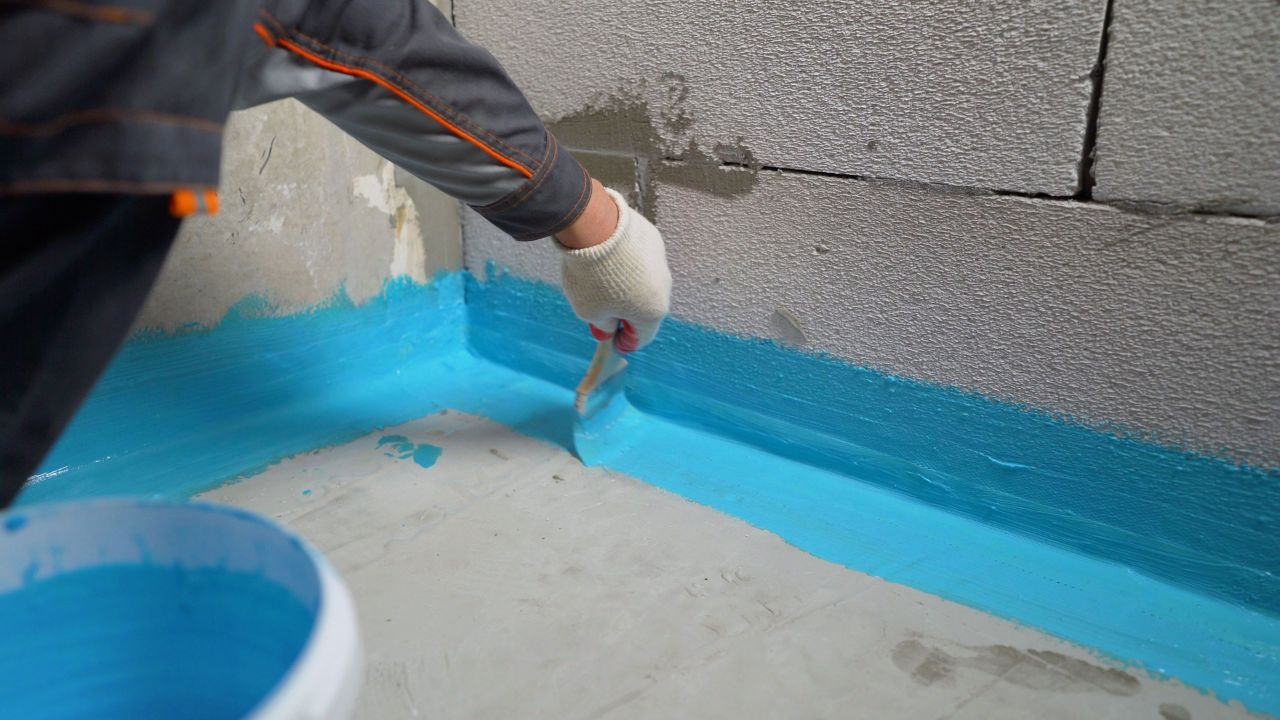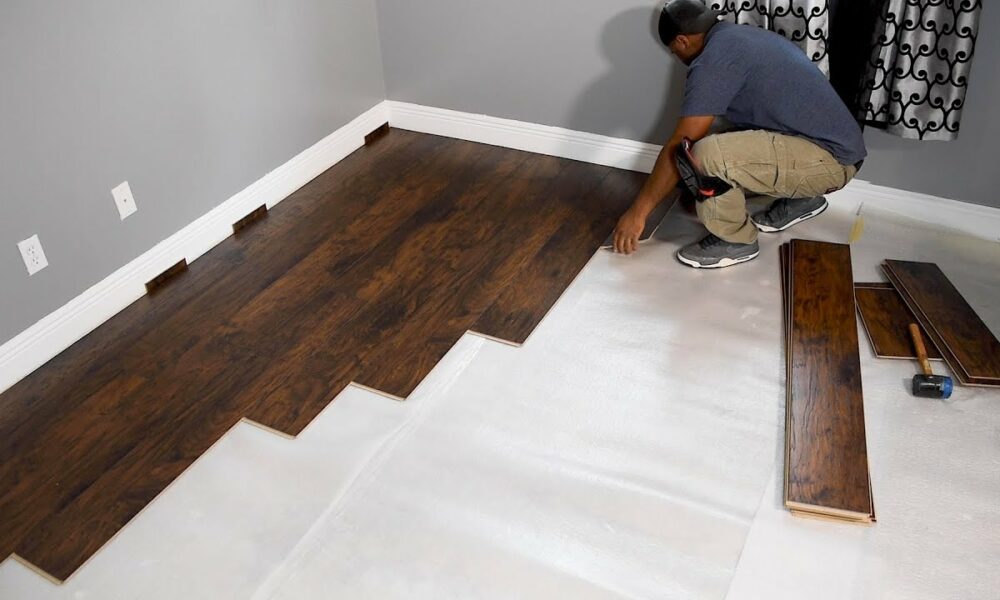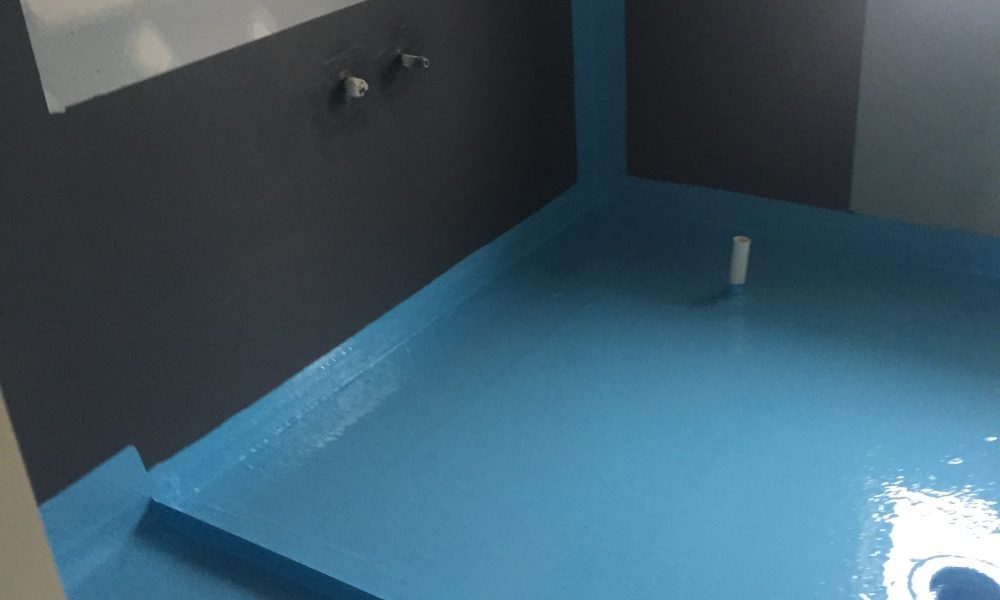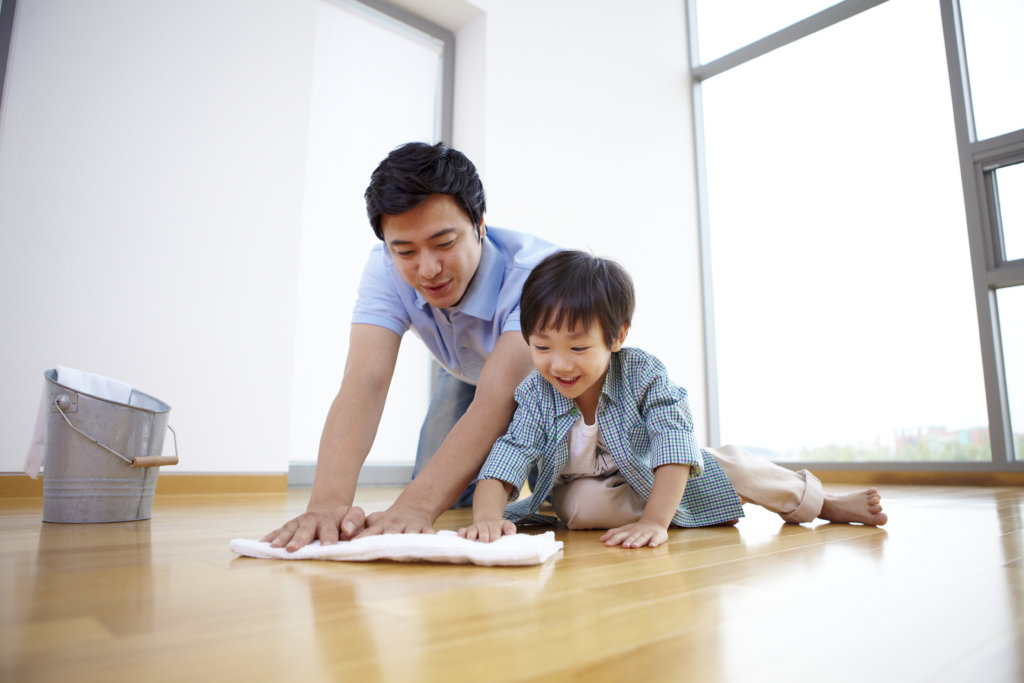Waterproofing toilet floor areas has become one of the most critical yet overlooked aspects of modern home maintenance in Singapore’s dense urban environment. Like the domestication of wheat that transformed human societies, the way we approach bathroom waterproofing has evolved significantly over millennia, yet its fundamental importance remains unchanged.
The Hidden Crisis Beneath Our Feet
In Singapore’s tropical climate, where annual rainfall averages 2,340mm and relative humidity consistently hovers around 84%, bathroom waterproofing failures have emerged as a leading cause of residential disputes. According to the Building and Construction Authority (BCA), approximately 30% of all residential complaints in 2024 were related to water seepage, with toilet floor leakages accounting for nearly half of these cases.
The Archaeological Evidence of Water Damage
Just as archaeologists study ancient civilisations through their structural remains, modern building inspectors can trace the history of water damage through distinct patterns of deterioration:
- Efflorescence formation: White crystalline deposits appear on concrete surfaces, indicating prolonged water penetration and mineral migration
- Spalling concrete: The reinforcement bars within the concrete structure rust and expand, causing the concrete to crack and fall away
- Mould proliferation: Dark patches on walls and ceilings that signal ongoing moisture problems and potential health hazards
The Evolution of Waterproofing Technologies
In the grand sweep of human technological progress, waterproofing methods have undergone their own remarkable evolution. Contemporary systems typically employ multiple layers of protection:
- Primary membrane: A flexible coating that adheres directly to the concrete substrate
- Secondary barrier: Often a cementitious waterproofing layer that provides additional protection
- Movement joints: Specialized materials that accommodate structural movement whilst maintaining watertight integrity
The Sociological Impact of Water Damage
The ramifications of inadequate toilet floor waterproofing extend far beyond mere structural concerns. In Singapore’s high-density living environment, water seepage can trigger complex social dynamics between neighbours. The Community Mediation Centre reports that water leakage disputes account for 35% of all neighbour-related mediations, highlighting how this seemingly technical issue shapes our social fabric.
The Economic Imperative
From a broader economic perspective, the cost implications of proper waterproofing are striking. Industry data suggests that:
- Professional waterproofing treatment costs between SGD 1,000 to SGD 2,500 per bathroom
- Remedial works for water damage can escalate to SGD 10,000 or more
- Property values can depreciate by up to 15% due to persistent water damage issues
The Cognitive Bias in Maintenance Decisions
Humans display fascinating cognitive biases when it comes to preventive maintenance. We often prioritise immediate, visible improvements over crucial but invisible protective measures. This psychological tendency, which I call the ‘aesthetic priority bias’, frequently leads homeowners to invest in superficial renovations while neglecting fundamental waterproofing requirements.
The Future of Bathroom Protection
As we progress into an era of smart homes and Internet of Things (IoT) integration, new technologies are emerging that could revolutionise how we approach toilet floor waterproofing. Smart moisture sensors, automated leak detection systems, and self-healing waterproofing membranes represent the next frontier in bathroom protection.
The Path Forward
Looking ahead, we must recognise that the challenge of water damage in our homes mirrors larger patterns in human history – our constant struggle to control and coexist with natural elements. Just as early agricultural societies developed irrigation systems to manage water flow, modern urban dwellers must master the art of waterproofing toilet floor areas to protect their living spaces and maintain harmony in our densely populated vertical communities.




